The GEMS team spans many institutions and countries. You can see an overview of the GEMS-JWST team below.
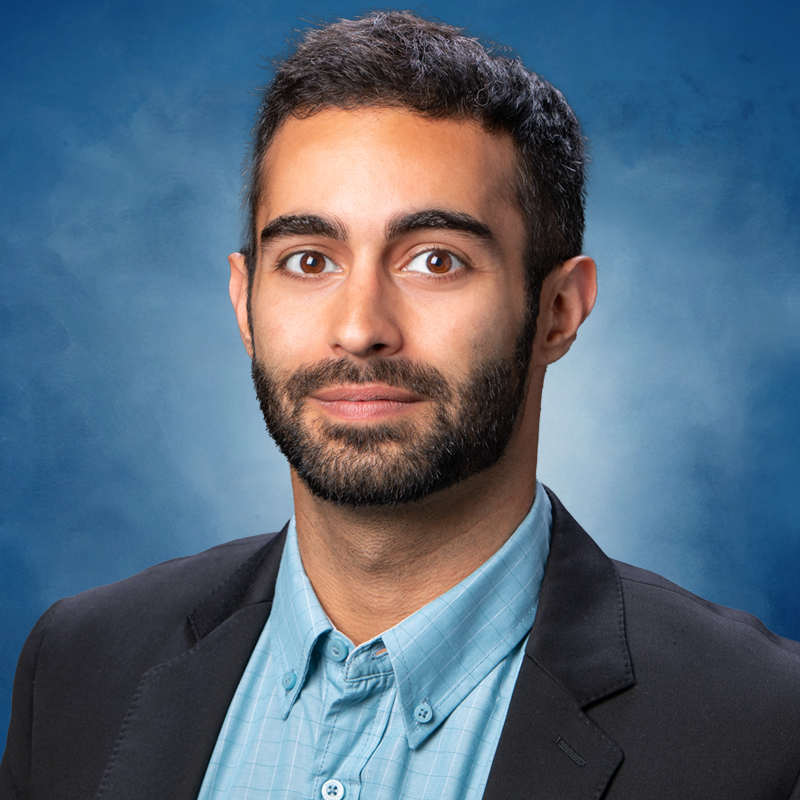
Reza Ashtari
Astronomer | Johns Hopkins University, Applied Physics Lab
Dr. Reza Ashtari is an astronomer and astrophysicist whose work focuses on exoplanet atmospheres and magnetospheres, space-based transmission spectroscopy, ground-based radio astronomy, planetary radio science, and technosignatures.

Caleb Cañas (he/him)
Postdoc | NASA Goddard Space Flight Center
Caleb Cañas is a postdoc at the NASA Goddard Space Flight Center and interested in binary systems with low-mass companions, low-mass stars (M-dwarfs), and exoplanets. Caleb is particularly interested the detection, characterization, and dynamical evolution of Jupiter-sized companions (including brown dwarfs!) to low-mass stars.

Knicole Colon (she/her)
Faculty | NASA Goddard Space Flight Center
Knicole Colón is a research astrophysicist at NASA’s Goddard Space Flight Center, where she works on multiple missions (JWST, TESS, Pandora). She is interested in studying extreme exoplanets: disintegrating planets, super-low-density planets, planets on highly-eccentric orbits, and giant planets around small stars.

Ian Czekala (he/him)
Faculty | Penn State University
Ian Czekala is an assistant professor at Penn State University. He is interested in planet formation using a variety of observational techniques (from the optical to the sub-mm) and astrostatistical methodologies.
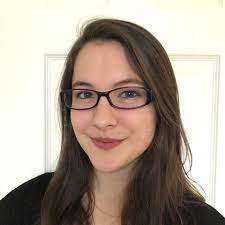
Megan Delamer
Graduate Student | Penn State University
Megan Delamer is a PhD candidate at Penn State interested in planets around low mass stars. She is particularly interested in planet formation and interactions between circumstellar disks and planets.
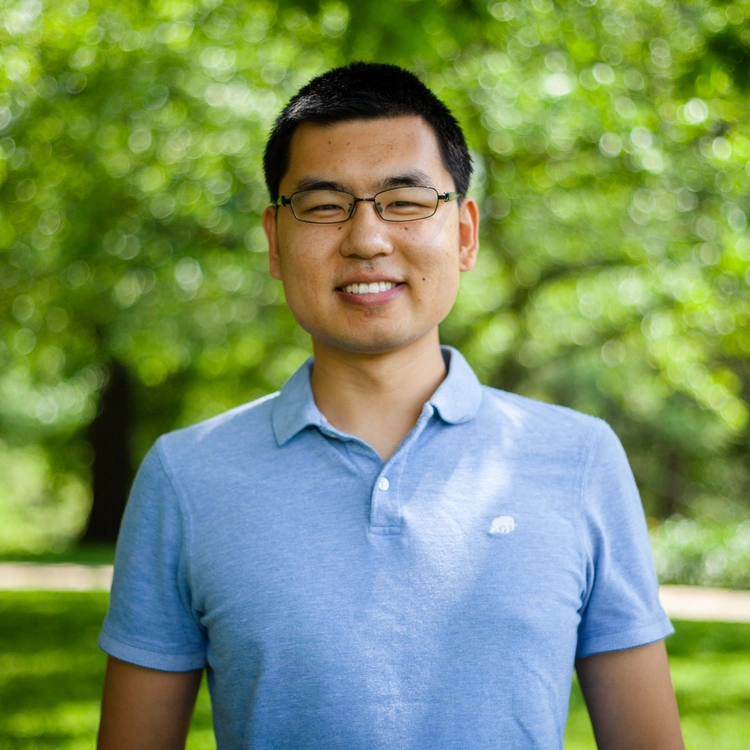
Peter Gao
Staff Scientist | Carnegie Earth and Planets Lab
Peter Gao is a staff scientist at the Earth and Planets Laboratory of the Carnegie Institution for Science. He is primarily a theorist with a focus on atmospheric chemistry, aerosol processes, and radiative transfer. In addition, he is interested in connecting atmospheres to planet formation, evolution, and habitability.
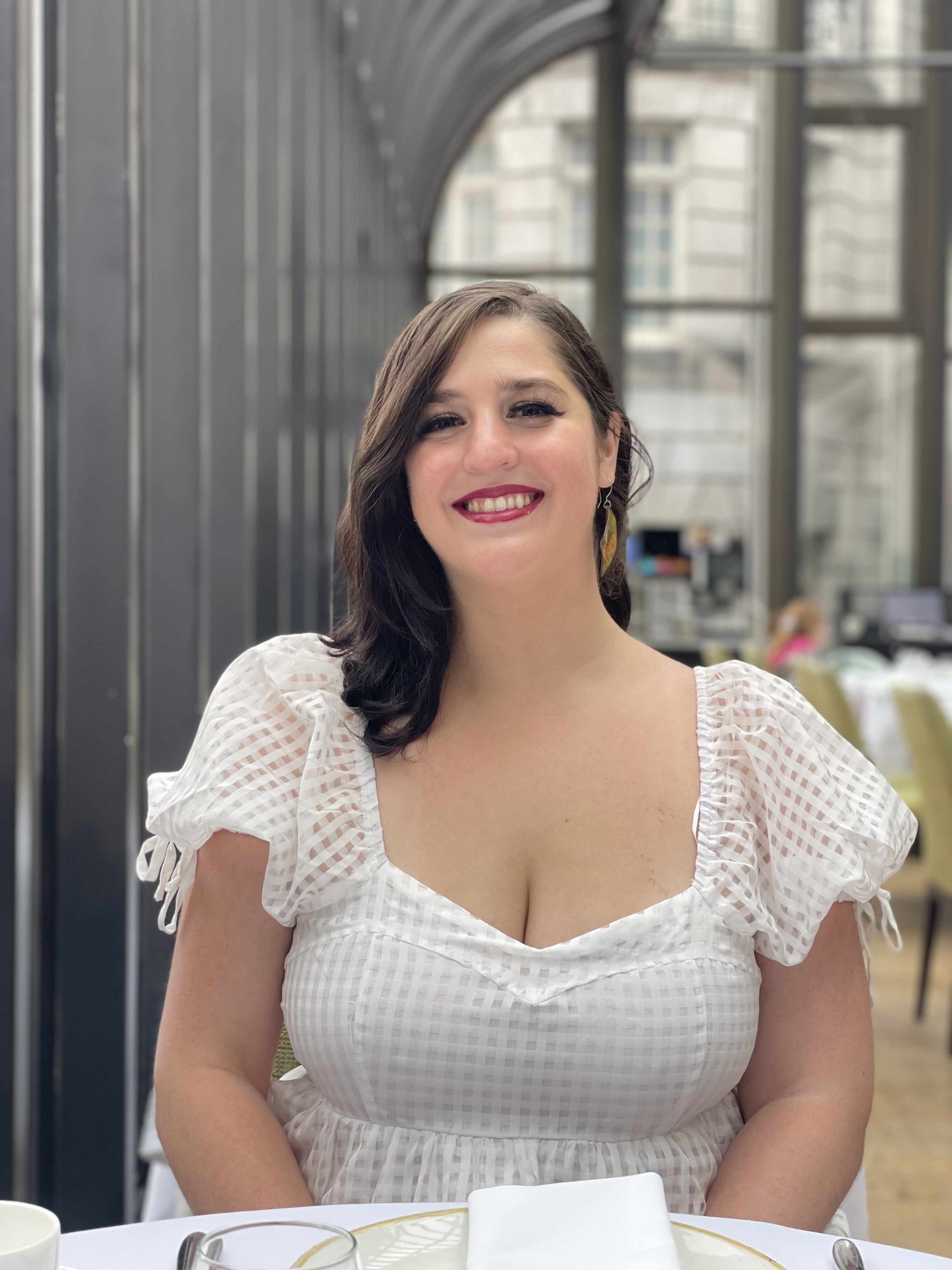
Giannina Guzmán Caloca
Graduate Student | University of Maryland | gianninapr.github.io/
Giannina Guzman Caloca is a PhD candidate at University of Maryland, College Park. She is interested in exoplanet observations, data reduction, and atmospheric characterization utilizing transmission spectroscopy. Giannina is interested in planets that have no Solar System analogs, especially in parameter spaces that are not well explored and characterized yet. She is also interested in the effects of photochemistry on planetary atmospheres.
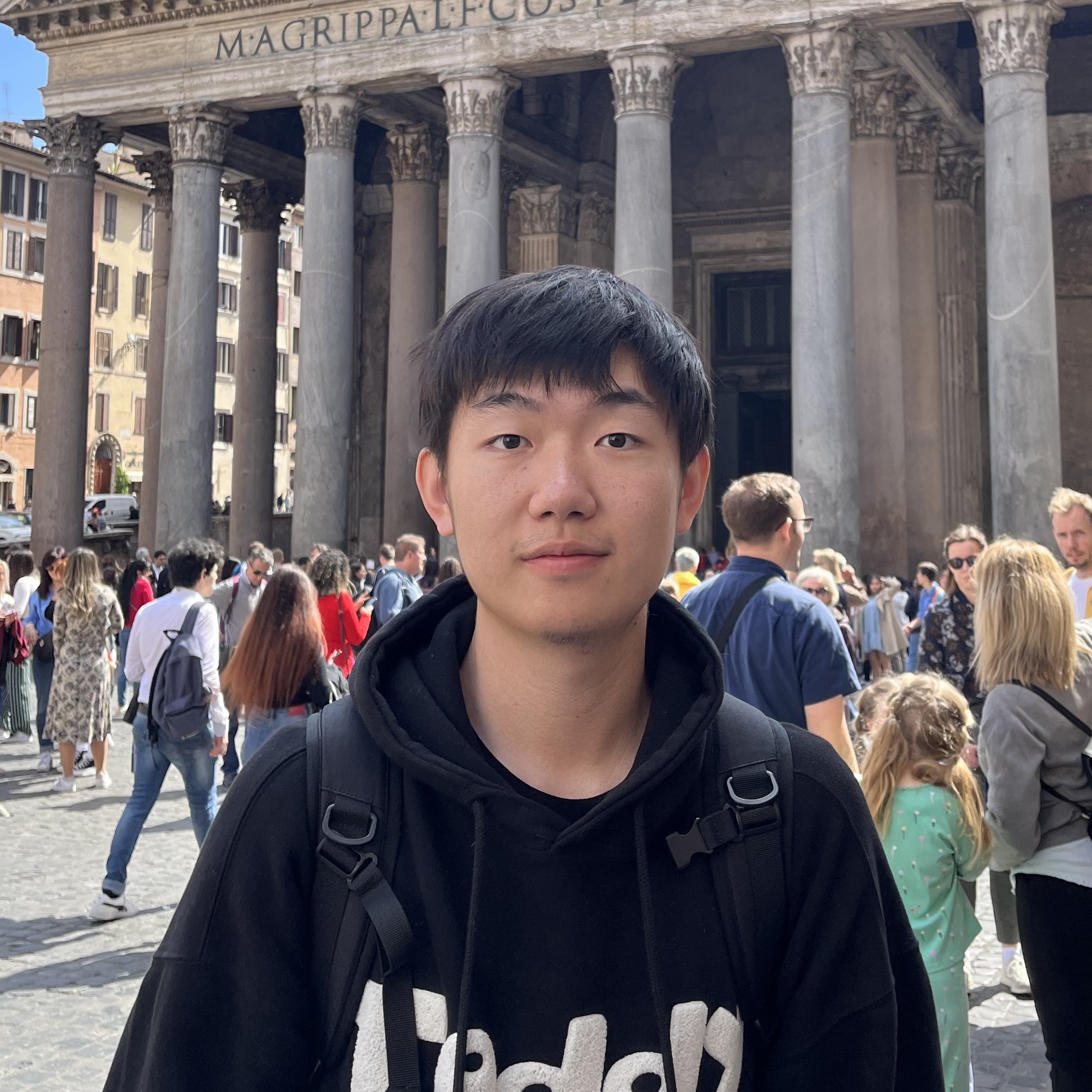
Te Han (he/him)
Graduate Student | University of California, Irvine
Te Han is a PhD student at UCI in Paul Robertson's group. He worked on TESS FFI light curve TGLC at UCSB and is currently working on ultrafast rotators project SURFSUP.

Ravit Helled (she/her)
Faculty | University of Zurich
Ravit Helled is a Professor for Theoretical Astrophysics at the Institute for Computational Science, Center for Theoretical Astrophysics & Cosmology, University of Zurich. Her scientific work concentrates on planet formation and evolution, planetary interiors, and extrasolar planets. She is an international expert in planetary modeling, and uniquely addressing the link between planetary formation, evolution, and internal structure as well as linking exoplanetary studies with solar-system science.

Shubham Kanodia (he/him)
Postdoc | Carnegie Earth and Planets Lab | shbhuk.github.io/
Shubham Kanodia is a postdoc at the Carnegie Earth and Planets Lab, and interested in low-mass stars (M-dwarfs), and the planets that orbit them. In particular, Shubham is interested in giant exoplanets around M-dwarf stars (GEMS), their detection, characterization and formation.

Henrik Knierim
Graduate Student | University of Zurich

Adriana Kuehnel
Scientific Programmer | Carnegie Earth and Planets Lab
Adriana Kuehnel is a scientific programmer for the Astronomy group as well as a Geophysical Technician for the Geophysics group at Carnegie Earth & Planets Laboratory.

Neha Dushyantha Kumar (she/her)
Undergraduate Student | Penn State University
Neha Dushyantha Kumar, an undergraduate student majoring in astrophysics and astronomy with a minor in astrobiology at Penn State University. Neha serves as a research assistant under the guidance of Jessica Libby-Roberts. Her primary focus involves utilizing PICASO to construct atmosphere models, emphasizing the composition and detection of clouds on potential exoplanet targets.

Jessica Libby-Roberts (she/her)
Postdoc | Penn State University
Jessica Libby-Roberts is a postdoc at Penn State University. Her main focus is on finding and characterizing gas giants around M-dwarf stars. She's also interested in super-puffs, stars and stellar activity, unusual planetary systems, and pretty much all things exoplanets.

Andrea Lin (she/her)
Graduate Student | Penn State University
Andrea Lin is a final-year PhD student at Penn State interested in exoplanets, instrumentation, and exoplanet instrumentation. She has worked on NEID and the NEID solar telescope, HPF/NEID TESS follow-up, and the blind RV survey SNEAK targeting nearby K-dwarfs with NEID.

Dana Louie (she/her)
Postdoc | NASA Goddard Space Flight Center
Dana Louie is a postdoc at NASA Goddard Space Flight Center. Her research focuses on exoplanet discovery and atmospheric characterization using the transit technique, and has involved analyses of data from space telescopes such as TESS, HST, and JWST.

Jacob Lustig-Yaeger (he/him)
Astronomer | Johns Hopkins University, Applied Physics Lab
Jacob Lustig-Yaeger is an exoplanet astronomer and astrobiologist at the Johns Hopkins Applied Physics Lab. His research primarily focuses on simulating the atmospheres and spectroscopic observables of exoplanets. Jacob works at the intersection of data and modeling, where he uses atmospheric retrieval codes to infer planetary atmospheric characteristics.
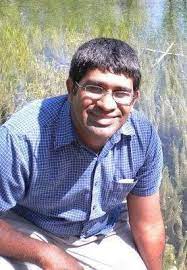
Suvrath Mahadevan (he/him)
Faculty | Penn State University
Suvrath Mahadevan is a Professor of Astronomy & Astrophysics at Penn State and its Center for Exoplanets & Habitable Worlds. He is interested in the discovery and characterization of exoplanets, in precision astronomical measurements of stars, planets and in the development of new novel precision instrumentation to address key questions in astronomy. He is the PI of the precision RV spectrometers HPF and NEID that were key in discovering most of the GEMS targeted by this JWST proposal.

Erin May (she/her)
Astronomer | Johns Hopkins University, Applied Physics Lab
Erin May is an astronomer at Johns Hopkins Applied Physics Lab. She is an observer who is primarily interested in transmission and phase resolved observations of hot Jupiters to undercover population level trends.

Simon Muller (he/him)
Postdoc | University of Zurich
Simon Müller is a postdoc at the Institute for Computuational Science, University of Zürich. He is interested in the formation, evolution and structure of giant planets, as well as the connection between their atmospheres and interiors.
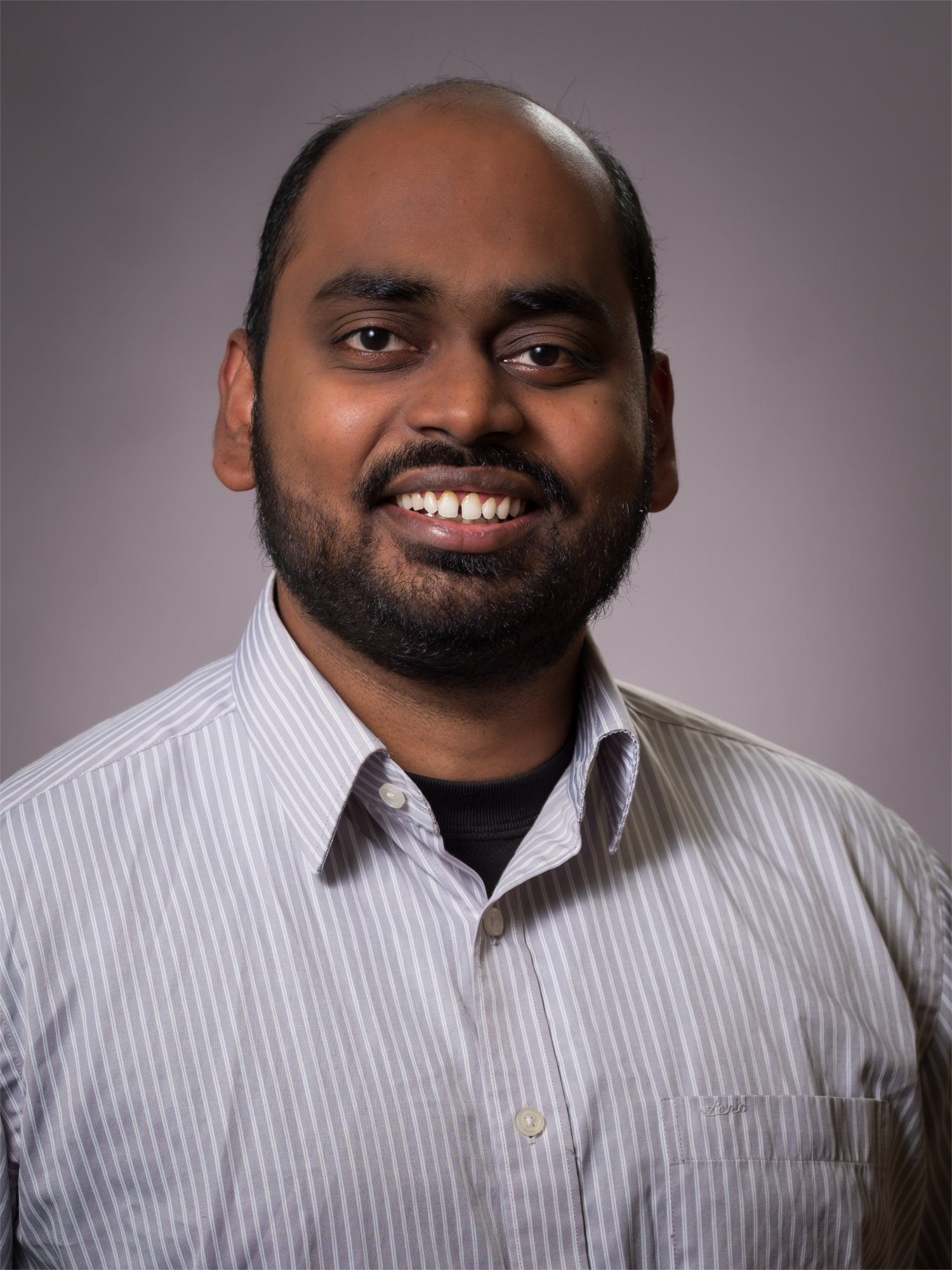
Joe Ninan (he/him)
Faculty | Tata Institute of Fundamental Research
Dr. Joe Ninan is a tenure track faculty at Tata Institute of Fundamental Research (TIFR), Mumbai, India. He enjoys pondering over algorithms and new instruments to improve the measurement precision of exoplanet signals (for RV, transit, or exo-atmospheres). He is a big fan of all kinds of annoying detector artefacts! His astronomy interests include understanding protoplanetary discs, accretion, as well as exoplanet atmospheres via observation and modelling.
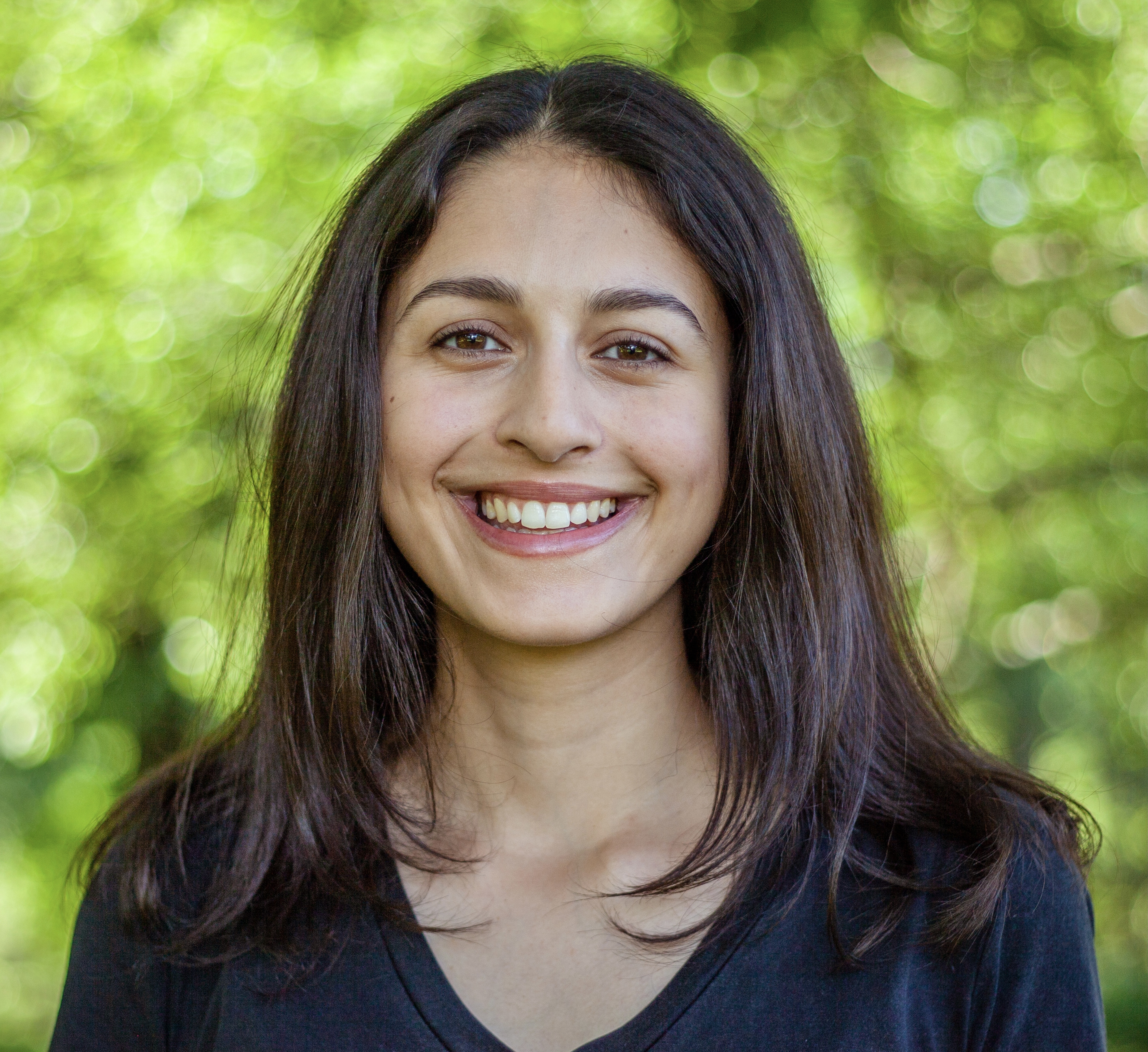
Anjali Piette (she/her)
Postdoc | Carnegie Earth and Planets Lab
Anjali Piette is a Carnegie Postdoctoral Fellow at the Carnegie Earth & Planets Laboratory. Her research focusses on characterising the diversity of exoplanets via their atmospheres. She does this using a combination of radiative-convective forward models and interpreting observations with inverse atmospheric models ('retrievals').

Zafar Rustamkulov (he/him)
Graduate Student | Johns Hopkins University
Zafar is a PhD student interested in transiting planets and their stars, how they interact, and how their atmospheres reflect their changing interiors through time. Zafar loves using telescopes and wandering in the desert.

Angeli Sandoval
Graduate Student | City University of New York
Angeli is an Astrophysics Master's student at the CUNY Graduate Center. Her research primarily focuses on characterizing multi-planet systems orbiting low-mass stars using radial velocity and photometric data. She is interested in the formation and evolution of planets and their atmospheres to infer how their properties are affected by their host stars.
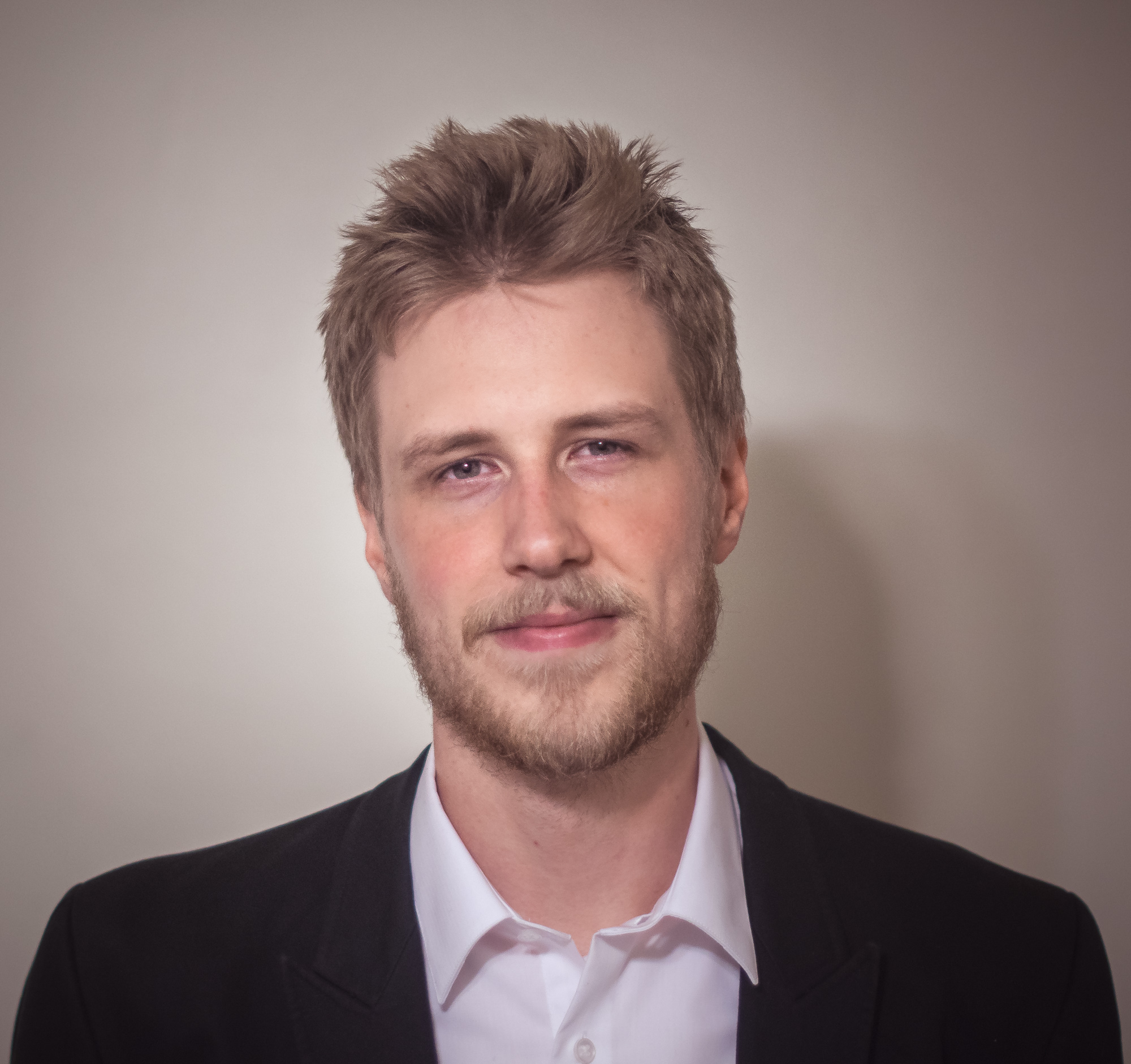
Guðmundur Stefánsson (he/him)
Postdoc | Princeton University
Guðmundur is a Sagan/Hubble Fellow at Princeton University. Gudmundur is interested in detecting and characterizing planets orbiting nearby low mass stars, in particular to gain insights into their orbital properties, architectures, and atmospheres. Guðmundur will start a faculty position at the University of Amsterdam in early 2024.

Kevin Stevenson
Astronomer | Johns Hopkins University, Applied Physics Lab
Dr. Kevin Stevenson is an astronomer at Johns Hopkins Applied Physics Laboratory. He enjoys working in the phase space overlapping planetary sciences, astrophysics, and astrobiology. Stevenson is interested in (1) characterizing the architectures and atmospheres of extrasolar planets to better understand their nature and origin; (2) developing exoplanet mission concepts to measure the composition and chemical properties of nearby potentially habitable worlds; and (3) writing software packages and tools to enable exoplanet observation planning, data reduction and analysis, and atmospheric characterization.
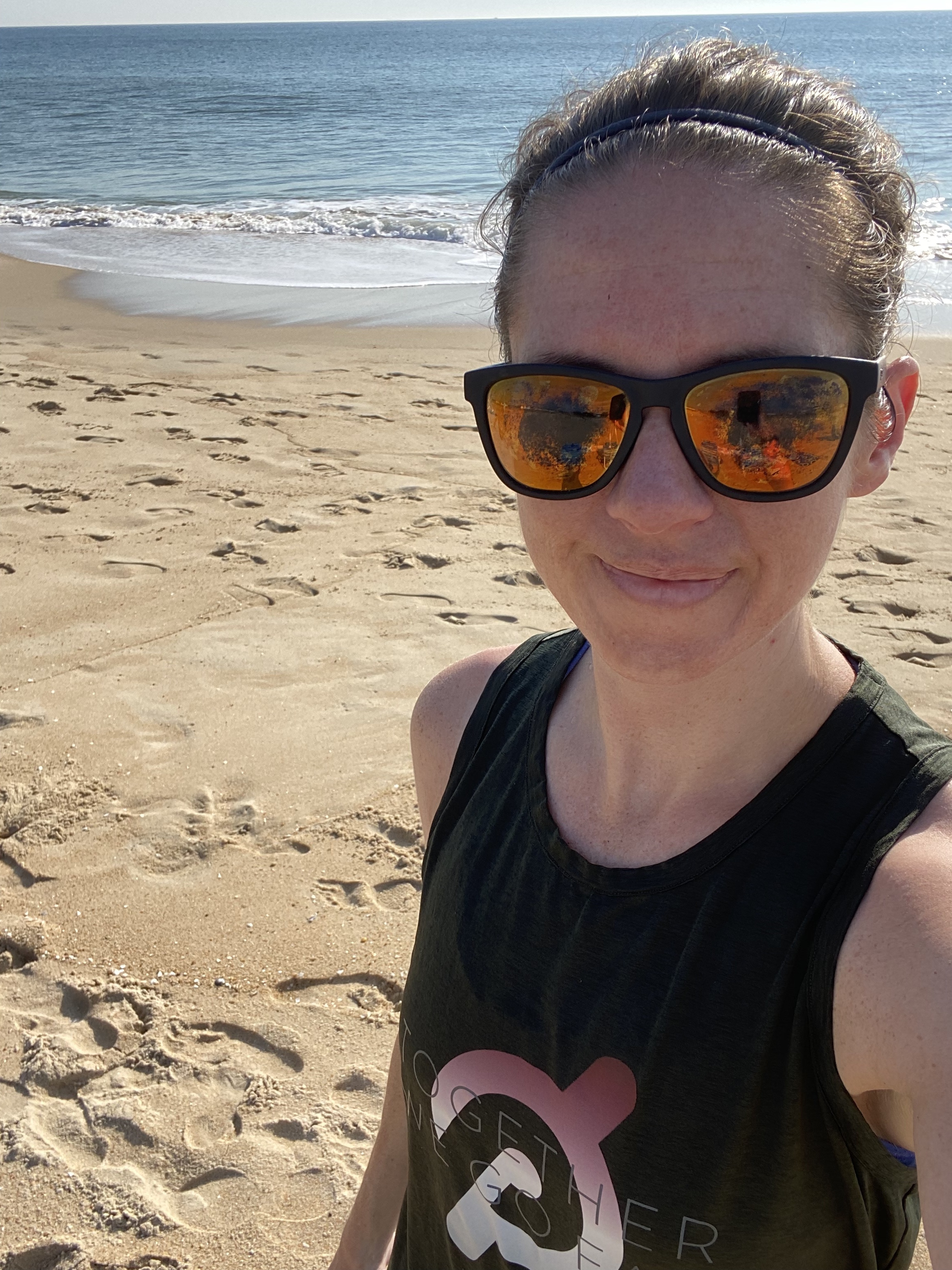
Johanna Teske (she/her)
Staff Scientist | Carnegie Earth and Planets Lab
Johanna Teske is a Staff Scientist at Carnegie Earth and Planets Lab and interested in quantifying the diversity of exoplanet compositions and understanding the origins of that diversity. She pursues these goals by combining observations from space and ground of exoplanets and their host stars.

Shang-Min Tsai (he/him)
Postdoc | UC Riverside
Shang-Min (Shami) Tsai is a postdoc at UC Riverside. His work is centered around exploring planetary atmospheres with numerical simulations, including photochemical and general circulation models. He is the author of the open-source photochemical model, VULCAN.

Nicole Wallack
Postdoc | Carnegie Earth and Planets Lab
Nicole Wallack is a postdoc at the Carnegie Earth and Planets Lab and is interested in using complementary types of data to probe planet formation. She studies exoplanet and brown dwarf atmospheres to investigate how formation histories are imprinted on these objects’ atmospheres and uses direct imaging of protoplanetary disks to constrain planet formation environments.